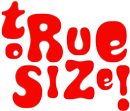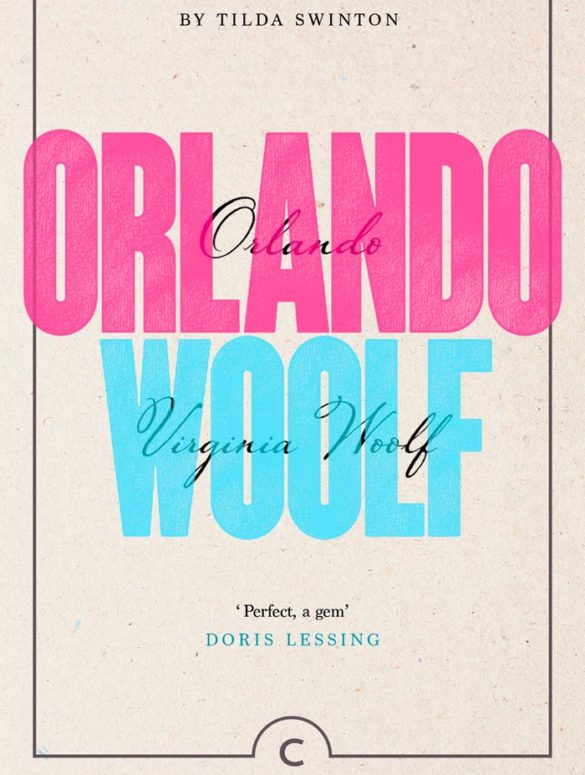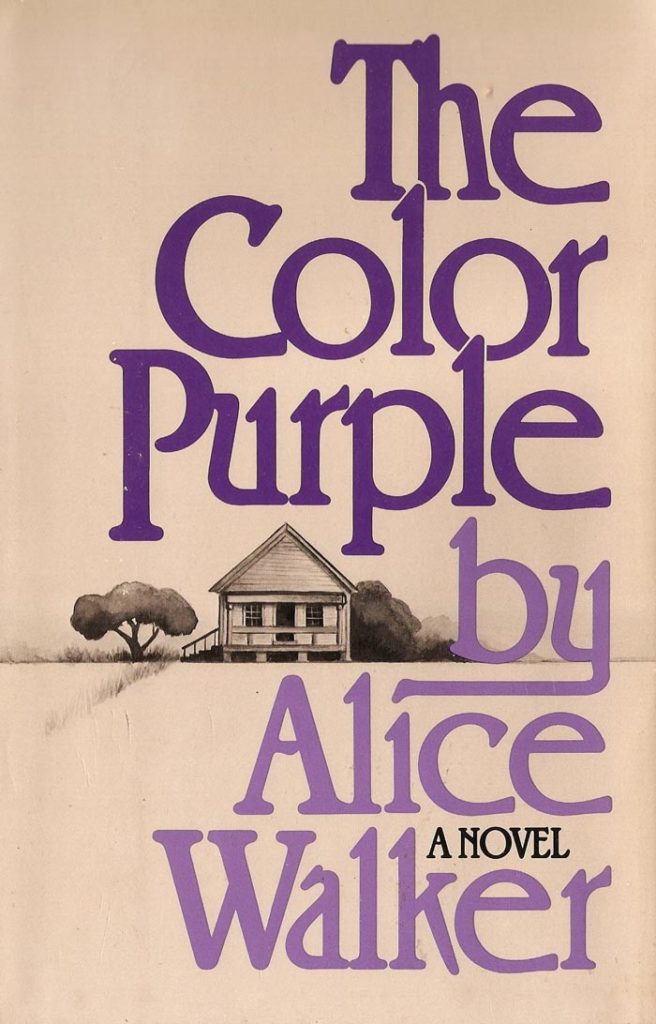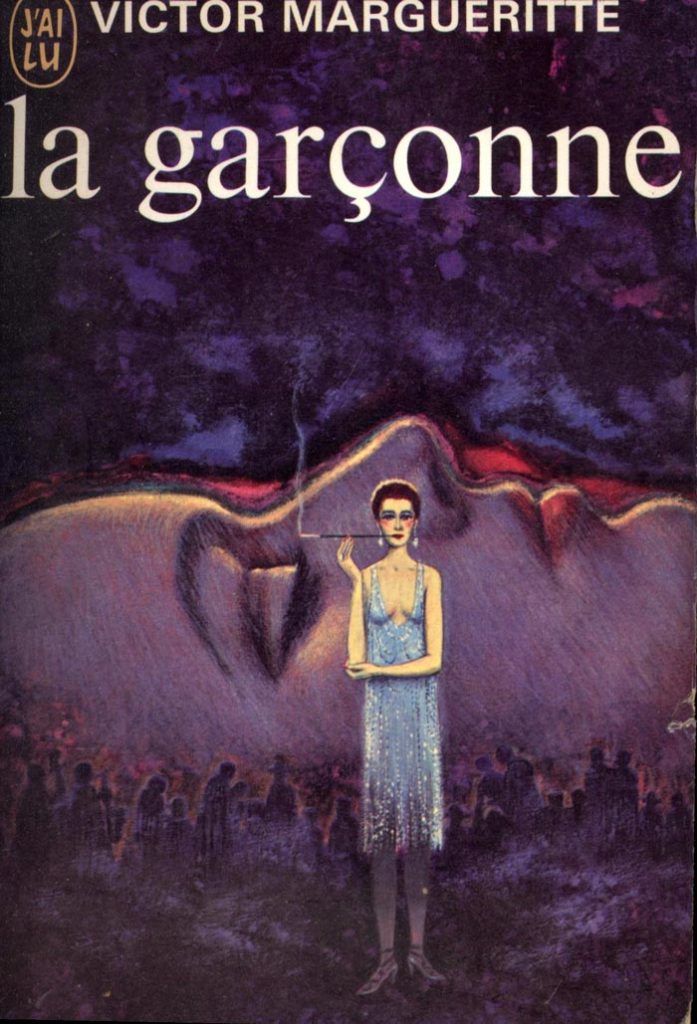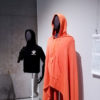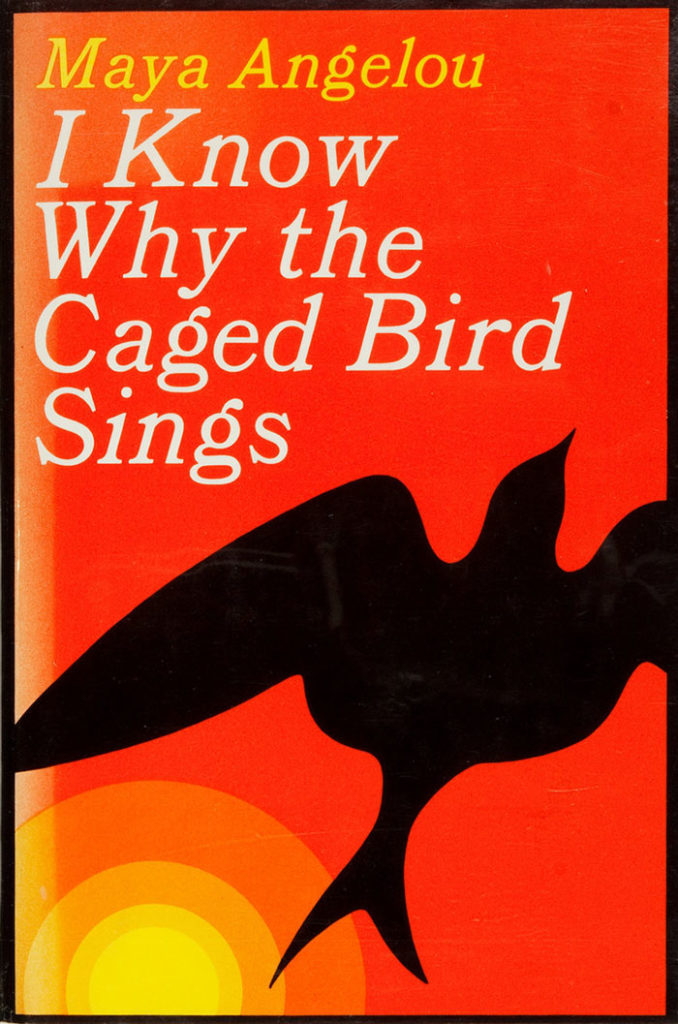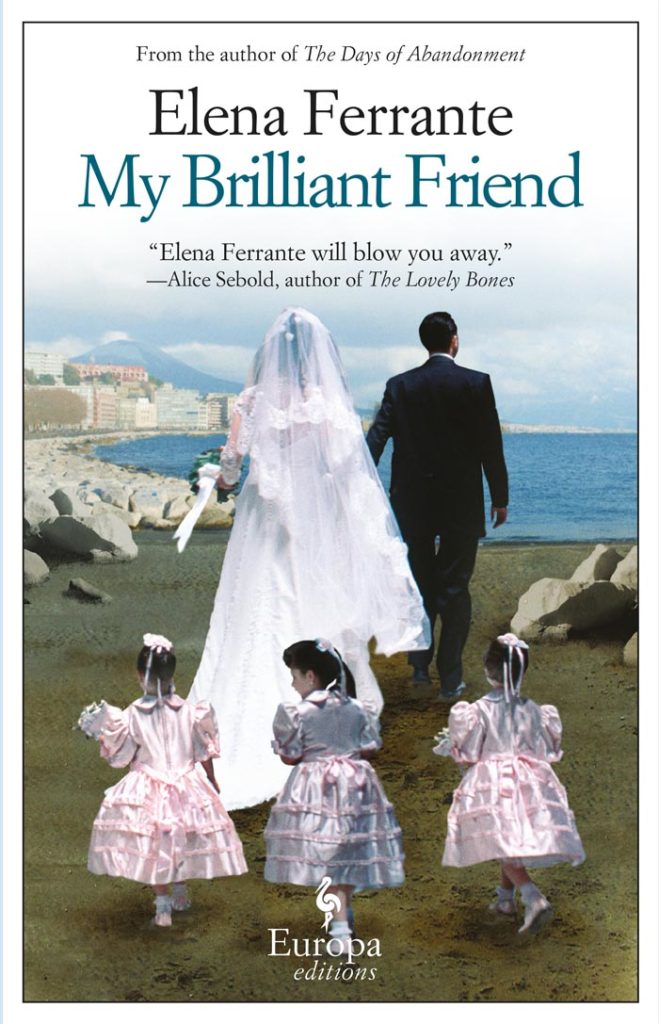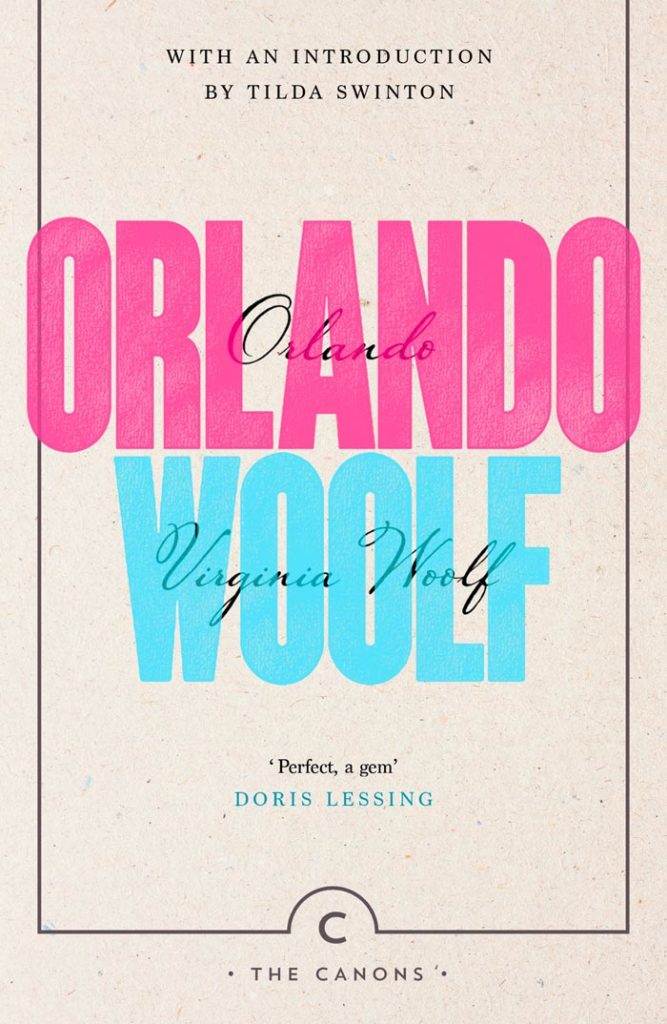It’s not unusual to read a piece of literary fiction and find no information about the clothes its characters are wearing. They discover love, they mourn the deaths of their close ones or they go through things we might not ever experience, but sometimes we never get to read about something we all do every day: getting dressed.
When we find out about what those characters decide to wear, the garments become a sign of identity and usually inform the plot. To discover more about this relationship, we asked Madrid-based writer and reader Begoña Martín Lara to curate a selection of novels (and one autobiography) in which clothes are central to the stories they tell.
If you like Begoña’s recommendations, do not miss her newsletter (in Spanish) ‘A Girl and a Book’.
The color purple, Alice Walker
During the whole novel, Walker pays a lot of attention to how clothing helps portray the characters of her protagonists, from Celie’s insecurities as a consequence of violence to Shug Avery’s luxurious and colorful lifestyle. And then, when Celie’s hobby of making pants for her friends becomes a business of her own it means her way towards freedom. It is her first time —as well as many other women’s— wearing pants instead of skirts, but it is also her first time making her own money and not being dependent on any man. Moreover, she takes a great joy in it, designing every pair of pants according to the needs and personality of each of her customers.
The Bachelor Girl (La Garçonne), Victor Margueritte
After discovering both that her future husband is cheating on her and that the engagement was in fact a business agreement between her father and him, Monique changes her life completely and distances herself from the conservative values of the Parisian bourgeoisie of the 1920s. She starts dating men and women and adopts the garçonne style, wearing a bob haircut and boyish clothes, but also mixing it with the glamorous and provocative garments of the music halls she spends her nights in. Most importantly, she discovers that it is now when she finds pleasure in taking time deciding what to wear, no longer being forced to follow puritan rules that made clothing a tool for showing that she was “a good woman”.
I Know Why The Caged Bird Sings, Maya Angelou
The first volume of Angelou’s autobiography begins with her fantasy about the taffeta dress her grandmother is making her for Easter Sunday. She dreams that it will transform her into the blueeyed white girl, as glamorous as a movie star, that she always wanted to be. However, the final dress will become a symbol of how hard it will actually be to escape from the poverty and racism of the South during the 1930s, as she realizes that despite all her grandma’s efforts it cannot hide that it was made from an old white woman’s apron, and it will also mark the beginning of her struggle into believing that beauty does not only mean white.
My Brilliant Friend (L’Amica Geniale), Elena Ferrante
The shoes designed by Lila play an important part in the plot of My Brilliant Friend. Her reticence at the beginning of showing them to anyone comes from the reflection of her desire and ambition to become someone and do something meaningful that they portray, an ambition that a young working class woman who had left school at an early age was not expected to have. And for a moment that is real and she is able to catch a glimpse of a bright and richer future, but soon, similar to Angelou’s realization in her autobiography, she begins to see how the power of wealth and patriarchal structures limit her desires and creativity.
Orlando, Virginia Woolf
Here, fashion not only marks the different periods of time in which Orlando lives, but Woolf continuously plays with the idea of clothing in relation to gender and identity. When Orlando wakes up transformed into a woman she begins to see the world with the eyes of one, but also with the eyes of the man she previously was. She realizes that the way she dress influences how she is perceived by other people and their behaviors towards her. Woolf’s narrator states that in the end it is clothes that wear us and not the other way around, defining our own behaviors as well and being able both to construct or deconstruct gender identity through them.
